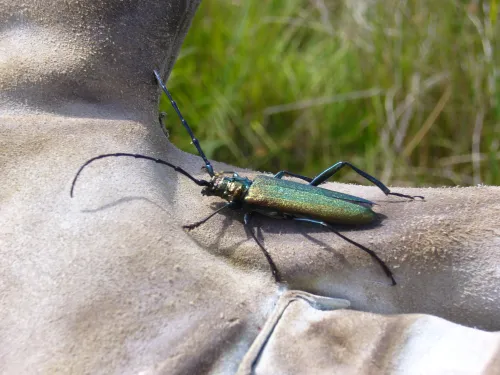
Musk beetle
The metallic-green Musk beetle lives up to its name: it releases a musky-smelling secretion when it defends itself. It is a longhorn beetle, so has lengthy antennae. Look for it near wetlands in summer.
Want to learn more about wildlife near you? You're in the right place, search below and discover the nature you can help protect in Kent.

The metallic-green Musk beetle lives up to its name: it releases a musky-smelling secretion when it defends itself. It is a longhorn beetle, so has lengthy antennae. Look for it near wetlands in summer.
Musk mallow has pretty pink flowers that can be seen along roadside verges, hedgerows and field margins in summer. It lives up to its name, producing a delicate, musky smell that increases indoors.
A common thistle of roadside verges, rough grassland and waste ground, the Musk thistle has large, purple, nodding flower heads that appear in summer. It is attractive to a wide range of insects.
The Common mussel is a familiar sight on shores all around the UK and is a favourite food of people, seabirds and starfish alike.
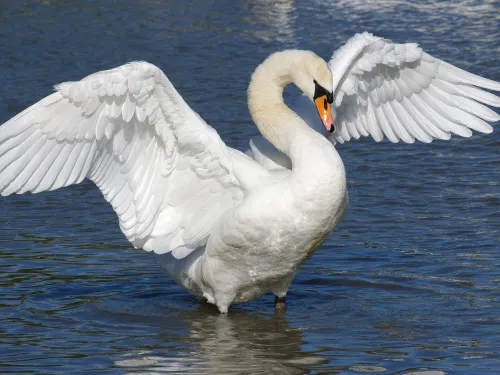
One of our most iconic waterbirds, the mute swan is famed for its grace and beauty. It is also considered to be a romantic of the bird world because partners form a perfect love heart with their necks.
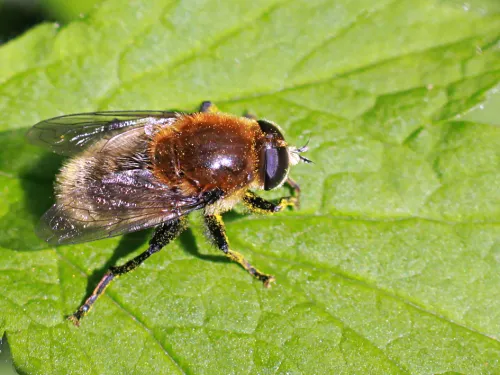
With ginger hairs, dark banding and a cream tail, the Narcissus bulb fly looks like a bumble bee, but is harmless to us. This mimicry helps to protect it from predators while it searches for nectar in gardens.
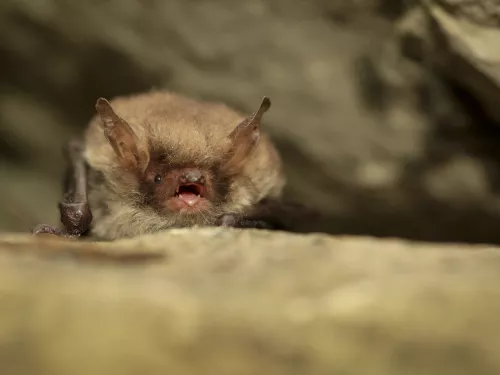
The Natterer's bat can found across the UK, although it is a scarce species. It prefers to forage low down among trees, often taking prey directly from the foliage.

The rare natterjack toad is found at just a few coastal locations, where it prefers shallow pools on sand dunes, heaths and marshes.
The disc-shaped leaves and straw-coloured flower spikes of Navelwort help to identify this plant. As does its habitat - look for it growing from crevices in rocks, walls and stony areas.
A small, but feisty scavenger, this carnivorous sea snail does not let anything go to waste!
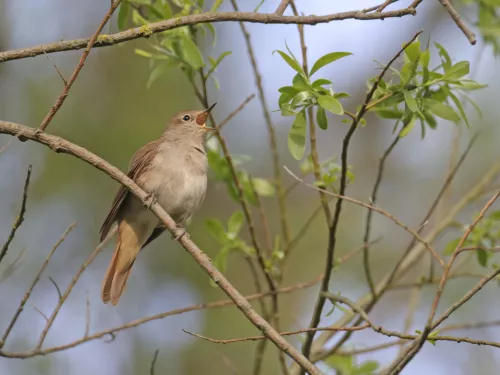
The melodious song of the nightingale is the most likely sign of this bird being about. Shy and secretive, it sings from dense scrub and woodland, day and night.
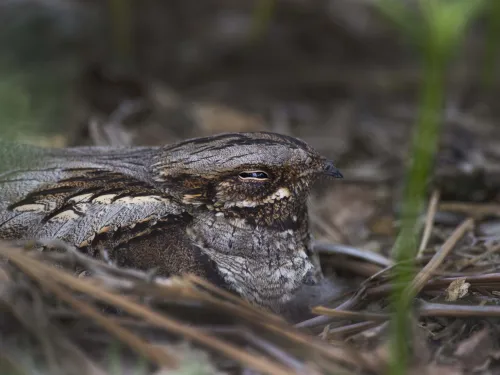
The easiest way to find out if the nocturnal and well-camouflaged nightjar is about is to listen out for its distinctive 'churring' call at dusk. A summer visitor, it is most numerous in southern England.